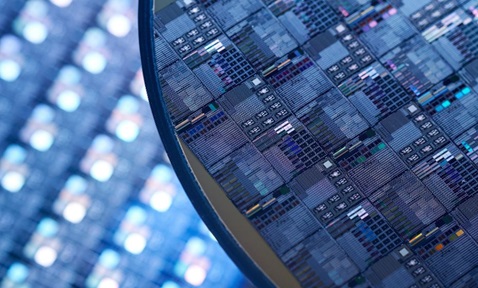
Ultra-Fast and Ultra-Low Power Novel RRAM Memristor
Synopsis
This invention presents novel 2D materials that propel next-generation resistive random-access memory (RRAM), enhancing connectivity and data-processing capabilities.
Opportunity
Data is proliferating rapidly, with semiconductor memory technologies at the core of devices that collect, process and store it. Both volatile and non-volatile memory technologies are crucial for data processing and information storage across the electronic product spectrum. As global connectivity increases, the demand for efficient memory solutions rises. RRAM emerges as a prominent next-generation technology, storing data by altering resistance in cell materials. The global memristor market, vital to RRAM, soared to $0.7 million in 2022 and is projected to reach $993 million by 2028. Despite RRAM's benefits, challenges remain in achieving ultra-fast switching, ultra-low power use and stable operation due to issues like nonlinearity, variability, uniqueness and endurance.
Technology
This novel RRAM memristor leverages advanced 2D materials to address the limitations of current RRAM technology. These materials enable ultra-fast switching, ultra-low power consumption and stable operation, overcoming challenges such as nonlinearity and variability. The technology offers high endurance, maintaining performance over numerous read/write cycles. This advancement in semiconductor memory technologies enhances data processing and storage capabilities, essential for the expanding landscape of global connectivity.

Figure 1: Advantages of RRAM memristor.
Applications & Advantages
Main application areas include Internet of Things (IoT), artificial intelligence, consumer electronics (smartwatches, hearing aids, smart glasses, tablets, smartphones and enterprise storage), 5G communications, automotive systems, drones, machine-learning systems, medical imaging, physically unclonable function (PUF) keys, servers and data centres.
Advantages:
- Ultra-fast for rapid data operations.
- Consumes minimal energy, making it ideal for energy-efficient applications.
- Offers high data storage capacity in a small space.
- Retains data without power, crucial for persistent storage.
- Durable, enduring many read/write cycles reliably.


.tmb-listing.jpg?Culture=en&sfvrsn=29c7e020_1)

.tmb-listing.jpg?Culture=en&sfvrsn=3b74ec1c_1)
-and-the-coated-wood-(ntu-singapore).tmb-listing.jpg?Culture=en&sfvrsn=624bb80c_1)









